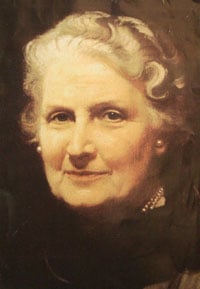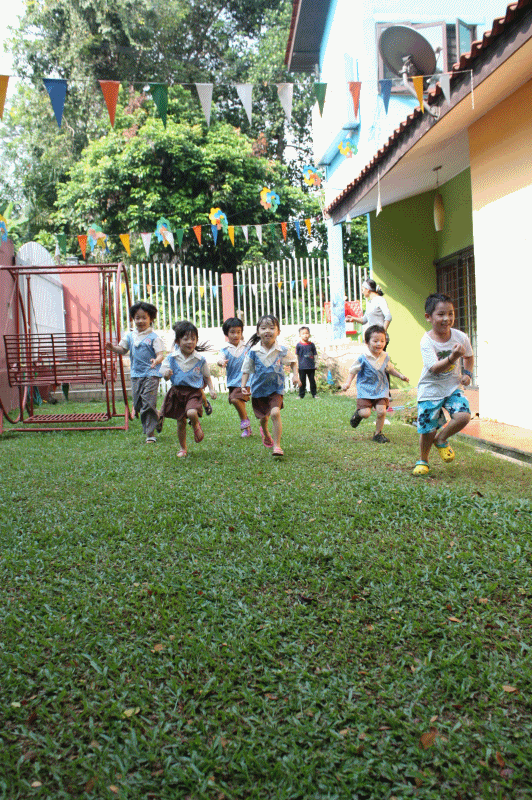"We must support as much as possible the child's desires for activity; not wait on him, but educate him to be independent." -Maria Montessori
What Is Montessori?

In the early 1900’s, Italian educator and
physician Maria Montessori developed an innovative teaching methodology for children that resulted in a radical change to education curricula throughout the world. Montessori education is a sensory-based pedagogy that is based on the belief that children learn at their own pace through manipulation of objects.
The Montessori method is a philosophy and method of education, which places the focus on the potential of the young child, and which develops the potential by utilising specially trained teachers and special teaching materials.
Montessori teachers recognise in children a natural curiosity to learn and the Montessori Materials help awaken this desire and channel that curiosity into a learning experience which is enjoyable for the children. The Montessori materials help children to understand what they have learnt by associating an abstract concept with a concrete sensorial experience. The Montessori method stresses that children learn at their own pace so that fast learners are not held back and slow learners are not frustrated by their inability to keep up.
The Montessori classroom offers
unique educational didactic (self teaching) materials, which are manipulated by the children in the classroom. They accommodate many levels of ability. They aid this growth by providing stimuli that captures the child's attention and initiates a process of concentration.
Children use the materials provided to develop co-ordination, attention to details and good working habits. When the environment offers materials that polarise the children, the teacher is then able to give the freedom needed for healthy development.
Today, Montessori schools are found worldwide, serving children from birth through adolescence.
Why Montessori?

There are crucial differences between a Montessori kindergarten and a traditional one. In most traditional kindergarten classes, the primary emphasis is on developing social skills with some preliminary work in cognitive “readiness”, whereas, in a Montessori classroom the primary emphasis is on developing cognitive skills on the firm foundation of sensory and motor skill training.
In a Montessori classroom, a child progresses at his/her own rate; there are no pressures to “catch up” or “slow down” to the level of the class. The child working at his/her own rate develops good work habits such as initiative, the ability to process information, and the ability to persist in completing a task. The emphasis is on making each child feel competent in his or her own abilities and to instill the interest to learn for its own sake.
In Montessori schools the student to teacher ratio is lower than most traditional school classes. This allows the teacher the opportunity to concentrate on presenting the detailed math and language materials to the children. The child gets a very strong foundation in these “basics”. There are also science, geography, social, art and large motor activities. In all these areas, the child learns actively through planned and spontaneous activities.







0 comments:
Post a Comment